Ink-less stretch mark camouflage revision tattoos represent a revolutionary approach to minimizing the appearance of stretch marks. They give individuals newfound confidence in their skin. This innovative procedure uses a combination of saline and skin-nourishing ingredients. It effectively blends the stretch marks with the surrounding skin tone. But, proper aftercare is crucial for ensuring a smooth and speedy recovery. Here, we’ll explore effective strategies for healing quicker from your ink-less stretch mark camouflage tattoo.

Understanding the Procedure
Unlike traditional tattoos that use ink, the Inkless Camouflage technique employs a vitamin solution. It stimulates the skin’s natural healing processes. This method can help to soften and reduce the visibility of stretch mark making them less noticeable. While the results can be remarkable, the healing phase requires attention and care to achieve the best possible outcome.
Healed results from one session of stretch mark camouflage.
Tips for Faster Healing
1. Follow the Aftercare Instructions Provided:
- The first step towards quicker healing is to closely follow the aftercare guidelines provided by your technician. This can include instructions on how to clean the area, what products to use, and activities to avoid.
2. Cold Compresses can be your best friend in the first 24 hours.
- They help reduce swelling and soothe the skin. Follow the instructions provided in the appointment prep and healing information sheet provided.
3. Keep the Area Clean:
- Gently cleanse the tattooed area with a mild, fragrance-free soap and lukewarm water. Avoid submerging the area in water. This includes baths or swimming pools. Do this for at least a few weeks post-procedure to help prevent infection.
4. Moisturize Regularly:
- Applying a thin layer of the recommended healing ointment helps to keep the area hydrated and promotes healing.
5. Avoid Sun Exposure:
- Protect the treated area from sun exposure during the healing process. UV rays can cause discoloration and damage to the healing skin. Wear protective clothing during healing and apply a 30 SPF sunscreen once the skin has sufficiently healed.
6. Stay Hydrated:
- Hydration plays a significant role in skin health. Drinking plenty of water supports your body’s natural healing processes and keeps your skin looking its best.
7. Healthy diet:
- Yes, what you can actually impact how fast you can heal. Avoid inflammatory foods like processed snacks, sugary drinks, and too much dairy. Instead, load up on anti-inflammatory goods like fruits, veggies, and omega-3 rich foods.
8. Limit Physical Activity:
- To reduce sweating and irritation, it’s advisable to avoid vigorous exercise and heavy lifting for the early healing period. Keeping your heart rate down can prevent excess irritation to the tattooed area.
9. Resist the Urge to Scratch:
- As the skin heals, it becomes itchy. But, scratching can disrupt the healing process and lead to complications like scabbing or infection. If itching occurs, consider using a gentle, hypoallergenic lotion to soothe the area.
10. Be Patient and Mindful:
- Healing times can vary depending on individual skin types and the size of the treated area. Be patient and give your skin the time it needs to recover fully. Regularly check the area for any signs of unusual irritation or infection. Reach out to your technician if you have concerns.
The Inkless stretch mark treatment can be a transforming procedure for those looking to enhance their skin’s appearance. By using these essential tips for aftercare and healing, you can ease a smoother recovery process and achieve optimal results. Embrace your journey towards healthier skin. Don’t hesitate to consult your technician for personalized advice and support throughout your healing process. With the right care, you’ll soon enjoy the confidence that comes with beautifully camouflaged skin.
Found this helpful at all? Let me know and comment below!
LET’S CONNECT!
Schedule a Consult
IT’S FREE!













